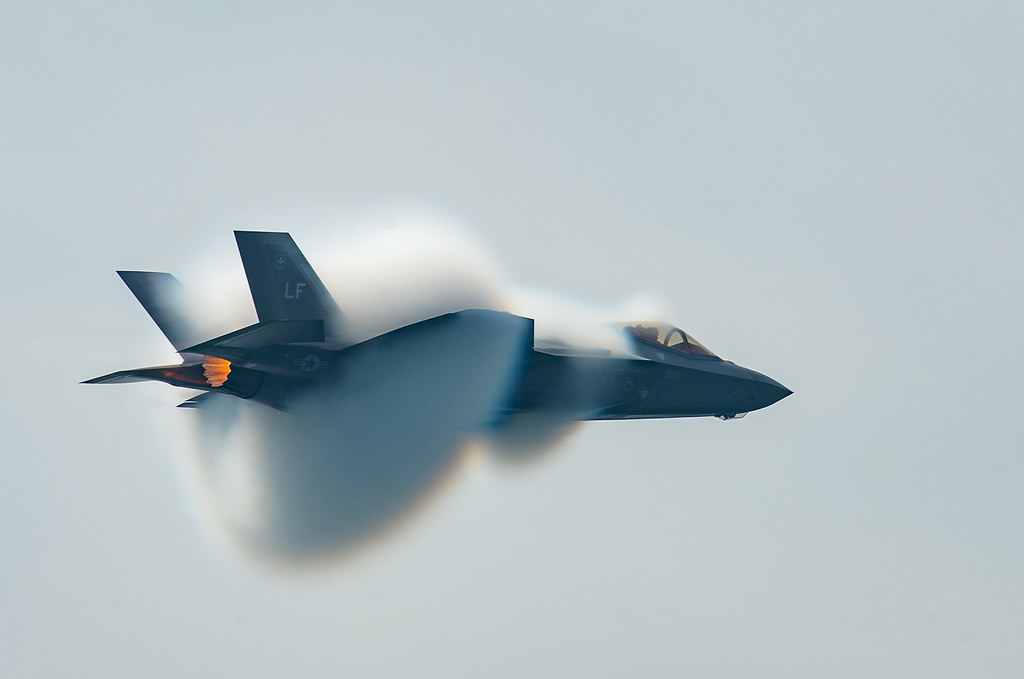
In an age where aerial warfare and national defense are constantly advancing, the F-35 Lightning II demonstrates Lockheed Martin’s superior aviation expertise.

Costing around $1.7 trillion, this stealth fighter jet serves as a crucial asset for the U.S. and Italian armed forces, as well as other major nations.

At the forefront of this technological marvel lies the aim to replace aging aircraft like the A-10 Thunderbolts and the F-16 Fighting Falcons, which have dutifully served the U.S. Air Force.

The F-35 is crafted not just to supplant these elder statesmen but to transform the capabilities of contemporary air forces with its unmatched speed, power, weaponry, and stealth features.

The F-35 Lightning II program, a product of the Joint Strike Fighter (JSF) initiative, involves a consortium of industry leaders, including Northrop Grumman, BAE Systems, and Pratt & Whitney.

This coalition has birthed three variants of the F-35, each tailored to meet the distinct operational demands of the respective branches of the U.S. military: the conventional F-35A for the Air Force, the versatile F-35B for the Marines, and the robust F-35C for Navy operations.

Each variant has outstanding specifications that distinguish them, including a wingspan of 35 feet for the A and B types, and an extended 43 feet for the C variant.

They have a length of about 51 feet, with the F-35B being slightly shorter to facilitate its unique vertical takeoff and landing capabilities.

All can achieve top speeds of Mach 1.6, courtesy of the powerful Pratt & Whitney F135 engines producing up to 40,000 pounds of thrust.

The technological advancements don’t stop at speed and size; the F-35’s payload capacity ranges from 15,000 to 18,000 pounds, and it’s armed with either an internally housed 25 mm cannon, in the case of the F-35A, or external cannons for the B and C variants.

The F-35’s prowess was underscored by Major Justin “Hasard” Lee, an Air Force F-35 pilot instructor, highlighting the unparalleled situational awareness it offers in combat.

This advanced sensor tech, coupled with its stealth capabilities, gives the jet a ‘hidden-in-plain-sight’ trait, rendering it nearly invisible to enemy radar and significantly boosting pilot survivability.

Internationally, the F-35’s impact grows as Singapore announces the acquisition of eight F-35A jets to bolster their defense, increasing their fleet to 20.

Expected by 2030, these aircraft will boost the Republic of Singapore Air Force’s (RSAF) operational adaptability and resilience.

The F-35 Lightning II is more than just an aircraft; it is a key strategic asset in modern warfare. Its global deployment signifies a new era of aerial supremacy, blending stealth technology and precision armament for unmatched dominance.
Relevant articles:
– How are F-35As different from F-35Bs, and what will the new fighters add to Singapore’s defence capabilities?, channelnewsasia.com
– 1,000 Examples Now Built: A Guide To The Variants Of The F-35 Lightning II, Simple Flying, Jan 25, 2024
– F-35 Lightning II: Everything to Know about Lockheed’s Stealth Fighter Jet, ExecutiveGov, Dec 1, 2023

